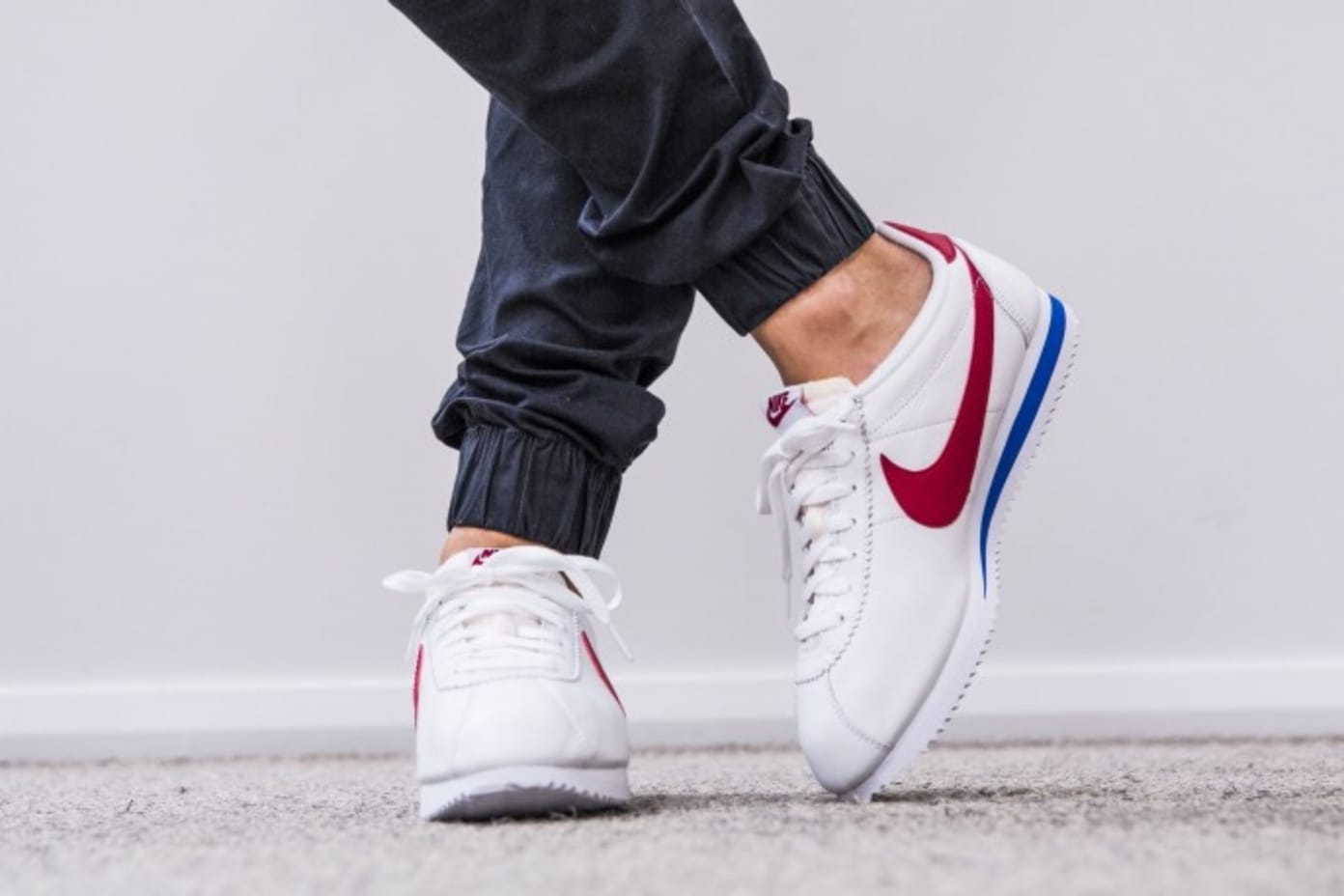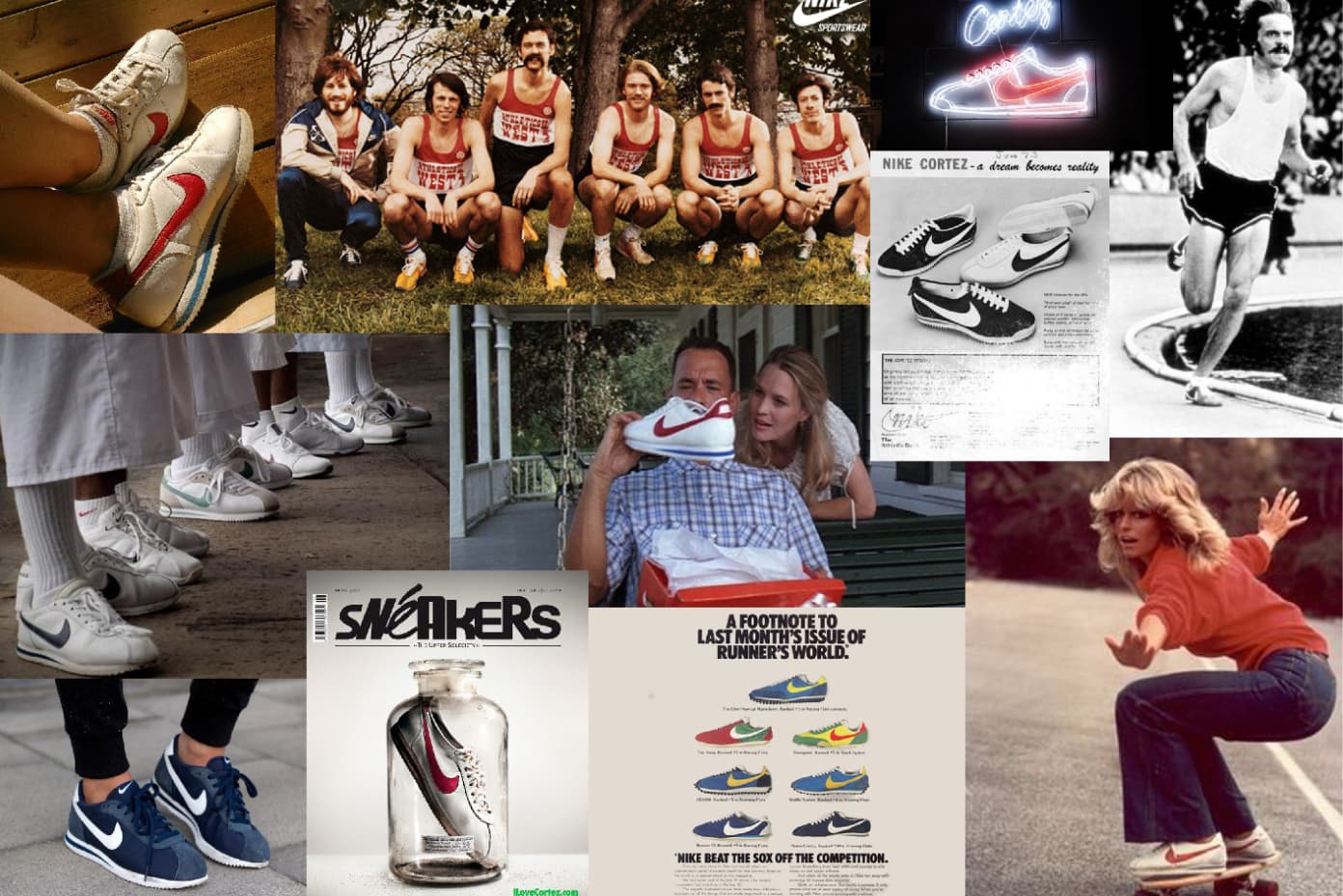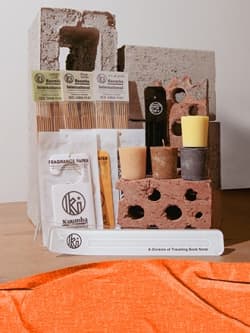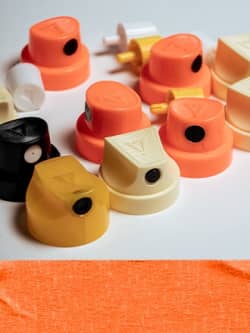#FactsFriday - The Nike Cortez

Through the years, there have been a handful of Nike silhouettes that have managed to transcend the sneaker community and earn a permanent spot within mainstream pop culture. The Air Force 1, multiple Air Jordans, and Air Max series are a few of the most noteworthy crossovers, but there's also another sneaker that deserves a mention: the Cortez.
In 1972, a sneaker jewel was born. The Nike Cortez was the first official track shoe, designed by an Olympic track coach, Bill Bowerman. The sneaker was designed to give runners a more comfortable running shoe, to help with long distances and rough terrain. The sneaker was released first during the 1972 Olympics. In this very same year, Blue Ribbon sports made its name change to what is now Nike.
Over the years, the Cortez has undergone many design changes and been released in a number of materials such as leather and suede as well as the original nylon. The key to the comfort of the shoe lies in the sole, the thick rubber sole was made for durability and the raised heel helped reduce injuries such as Achilles tendon strains.
Since its conception, the Cortez has remained an icon, most recognizably in the Academy Award Winning film Forrest Gump. The character receives the classic trainers as a gift and then goes on the run across the length and breadth of America (we do not recommend this) but we are pretty sure this helped the Cortez fly off the shelves.
So we take it a step back: it’s the year 1966, a time where the word “Nike” didn’t mean as much as it does today. Those who would become its famous founders, Bill Bowerman and Phil Knight, are still working for Onitsuka Tiger as distributors under the name of Blue Ribbon Sports. First there was an announcement: “the next Olympic Games will take place in Mexico in 1968.” Then, in Boweman’s mind, an idea was born – a model. A project we will soon call the “Cortez,” as a tribute to HernaÌ€n CorteÌs, the Spanish conquistador in front of whom the Aztecs surrendered in the XVI century. Finally came the results: The Cortez, which commercialized in 1971 and broke all sales records that Onitsuka ever made.
Far from settling for a spot in the shadows, Bowerman and Knight made a crucial choice in their careers (and basically sportswear history) and officially conceived Nike: in 1972. From the brand’s birth, the Cortez became one of the first styles to be stamped by the swoosh and to get professional athletes and an audience’s attention looking for better performance. Livid because of the new initiative that was taking the industry by storm, Onitsuka fought for the Cortez but didn’t get the rights to continue to sell it under its original name. Unfortunately for Onitsuka, the Munich Olympic Games came that year that saw the boom of the Cortez, and inevitably the start of Nike’s success.
So with that, we decided to dissect the Cortez to learn why such a simplistic design caused such an impact. The goal was to create a running shoe to improve and make runners’ training more enjoyable, Bowerman bet everything on comfort: the sneaker has an exterior sole made with thick rubber and a foam heel reinforcement, to optimize the cushioning as much as to prevent potential athletes’ tendonitis, based on the fact that their stride would be longer and more flexible. Another important thing was the weight: the Cortez, at the time it was introduced to the market, was the lightest running shoe ever conceived.
Of course, even if its original style was the one we prefer the most, the Cortez couldn’t help but to evolve with our time. Entirely made out of nylon during the first years, it has then been replaced by leather, then suede, to finally get its reiteration as the “Ultra Moire.”
The Nike Classic Cortez Nylon “Forrest Gump”
Reissued more times than we can count - with many variations, the OG colourway is probably the one that, as we were saying, makes our heart beat the strongest. Last year’s August saw the released of the original OG style made of nylon and white/cream nubuck, with the famous red leather swoosh and the blue line on the exterior sole.
The Nike Cortez QS from Baseball Pack
A couple of months ago, Nike put on the table two new Cortez versions that got everyone’s attention in the blink of an eye. Although there is no direct connection between the sneaker and the sport of baseball, it is the style that has been chosen to support the season’s kick-off in the United States. Made of suede and nubuck, the new designs are developed in camel/black and black/camel. The usual swoosh around the heel is now a revisited as an embroidered logo, while the interior sole and the shoelaces were lucky to get some patterns and tags related to the concept.
The Nike Cortez Basic QS 1972
As a reference to the Compton city in Los Angeles, and the year it was conceived, Nike released an all-black and an all-white edition that highlighted – for a change – the upper’s makeup of nylon and leather. The standout design stand in the big “1972” embroidered on the back, around the heel.
Since its release, there have been many takes on the Cortez. Patterns, colourways, materials, and even technology have been thrown at the Cortez and all have been more than accepted by the public. It’s surprising that Nike hasn’t turned the Cortez into a total train wreck yet by adding Shox or a 360 Air Unit or something of that nature. Hopefully it’s just one of those silhouettes that stands the tests of time and continues to flourish in its original form.















